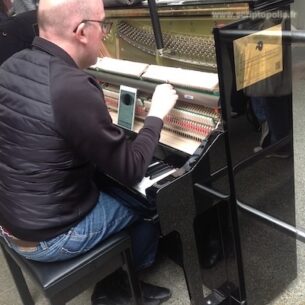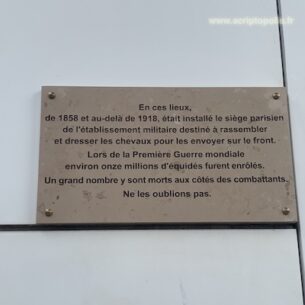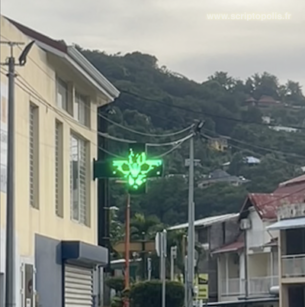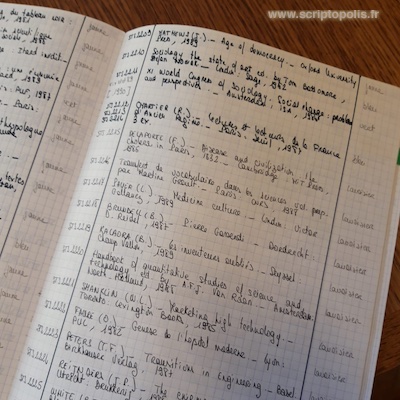Inauguration
By our two guests: Florence Paterson and Clarisse Pradel
Paris, October 2023.
The Centre de sociologie de l’innovation is in effervescence: on October 23 “Une journée avec Bruno Latour” takes place, a day of tribute during which “members of the CSI, Bruno Latour’s companions along the way and researchers whom he has inspired or baffled will continue their conversation with his work”. The program also includes the inauguration of the “Fonds Bruno Latour Mines Paris” at the École des mines library. The creation of this STS collection owes much to Bruno Latour, his role as scientific advisor and his close collaboration with the library during his years of activity at CSI, from 1982 to 2006. From the outset, the collection created for the needs of CSI researchers was open to the general public. It is listed in the library catalogue and can be accessed from the reading room. Another characteristic is the chronological filing system based on the date of acquisition. Part of the CSI’s history, or at least the long chronology of research carried out by the centre to date, can be told by browsing the gallery where the books that have fuelled the researchers’ work and that they published are shelved. In preparation for the inauguration, Clarisse Pradel, head of the Paris library, and her colleagues went through the archives in search of other traces of the STS collection’s constitution. Among the items found was a large notebook in which the librarians kept an inventory of the collection. Each book reference is noted by hand. In the margins, an intriguing entry is written in pencil: there was a colour code involved in the classification of books, pink, blue, yellow, green… Turning the pages, we read a final “blue”, then the column is filled with booksellers’ names. The only information found in the archives about the code is the decision to quit using it in June 1988, “as the colour system was proving not to be very functional!”
But nothing about what it meant, and even less about the experimentation of coupling it with the chronological filing system. And in going through the titles and authors, the team of librarians was unable to identify anything that could have led them to reconstruct their meaning. The documentary chain linking the colour code to the classificatory intention in this inventory book has been broken, the additional information document delivering the explanation of the code has perhaps been discarded, or will it will be found one day in the middle of the archives? The now-retired librarians who kept the notebook left the École des Mines with this memory. A piece of history to be discovered?







